In no particular order, I have compiled some of my favourite resources for teaching numeracy below and I will continue to add to this as I discover more:
Resource #1: National Council of Teachers of Mathematics
The National Council of Teachers of Mathematics has an abundance of classroom resources, lesson plans, and problems of the week!

Resource #2: BC Teacher’s Federation
The BC Teachers Federation (BCTF) also has a wonderful selection of classroom resources from lesson and unit plans to posters, worksheets, and so much more! Below is just one example to show how this website lays out its resources. The resources are sorted by grade, subject, resource type, and abstract. They even provide a PDF download of the resource for easy printing:
Resource #3: Making Math Relevant
I have learned the importance of teaching students “why” we are learning to make it relevant to real world application. This website provides teachers with 9 ways to do that!
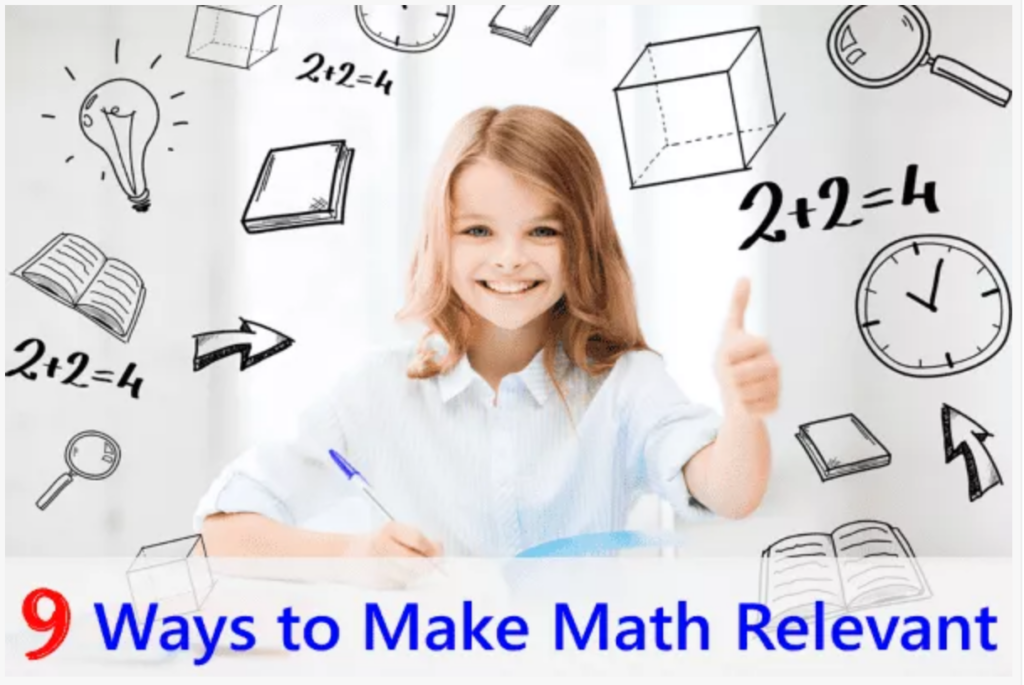
The below video is also an engaging way to teach students why math is relevant:
The below video is another resource on how to make teaching integers relevant:
Resource #4: Didax.com- Virtual Manipulatives
This has been one of my favourites, especially when I go into classrooms and I am unsure what manipulatives will be available. Below is an image of just some of the available online manipulatives:
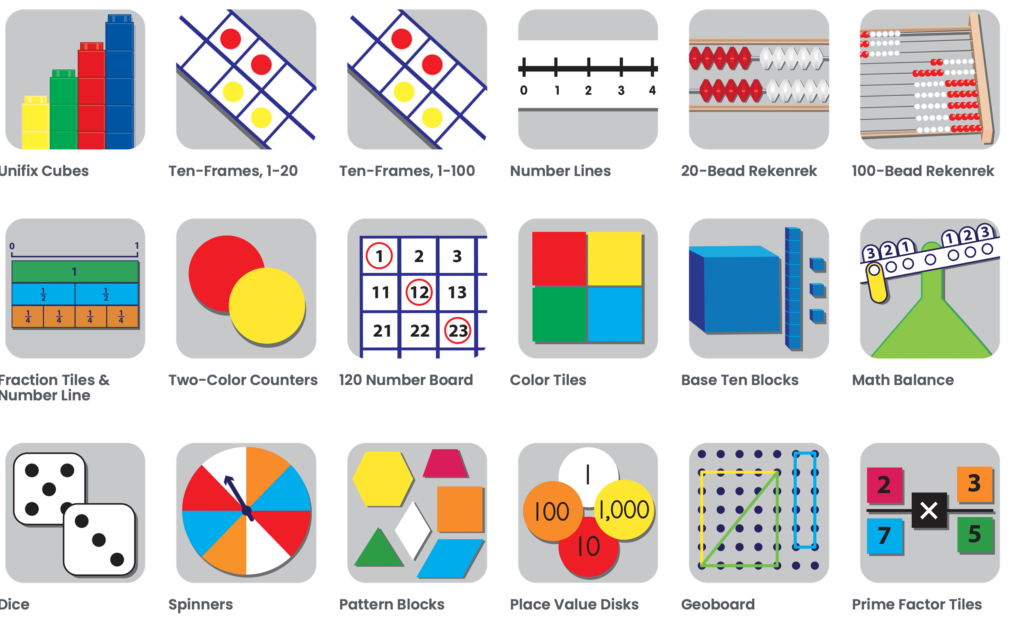
Resource #5: We Are Teachers Classroom Resources
Although this resource is not math-specific, it has many great math games, resources, and inspiration. Below is one resource example:
Resource #6: Prodigy
Prodigy is a way to gamify math and allows teachers to assign work, test preparation, and homework.
Resource #7: Differentiated Instruction Strategies
Prodigy has provided 20 differentiated instruction strategies for teaching math. I found these very useful to review when planning my lessons:
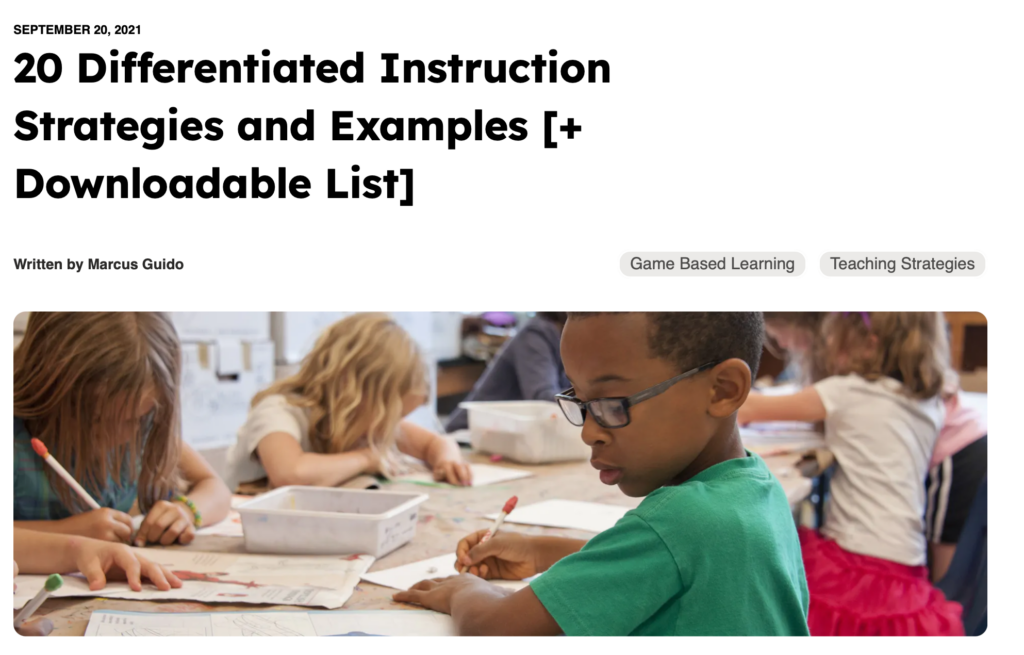
Resource #8: Teaching the Number Zero
Teaching the number zero can be abstract. The below video is an engaging way to support teaching this concept:
Resource #9: Teaching Place Value Strategies
The website k-5mathteachingresources.com provides strategies to teach place value from grade 2-5. Below is just one example of using the area model:
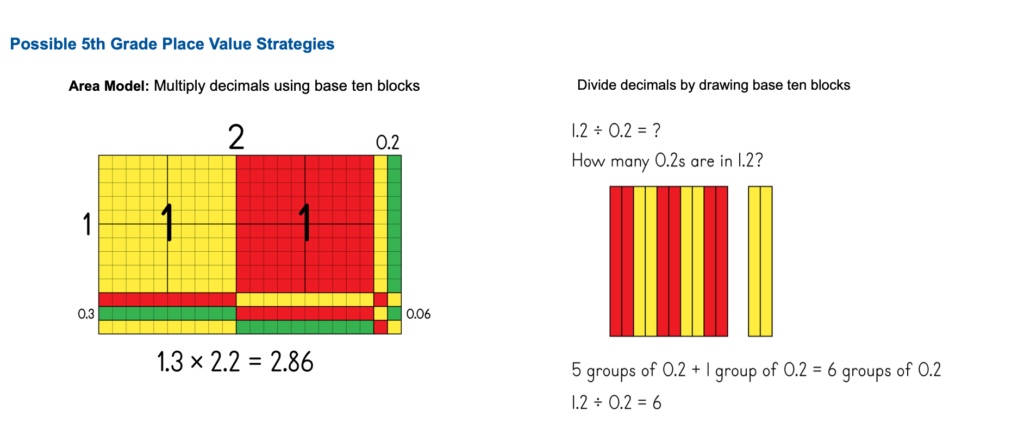
Resource #10: Math Games!
SplashLearn is a free online math game resource for teachers! This resource is for Pre-K to Grade 5. This is a great way to gamify math practice and if you assign homework or if parents are asking what else they can do to support their child, this is a great resource!
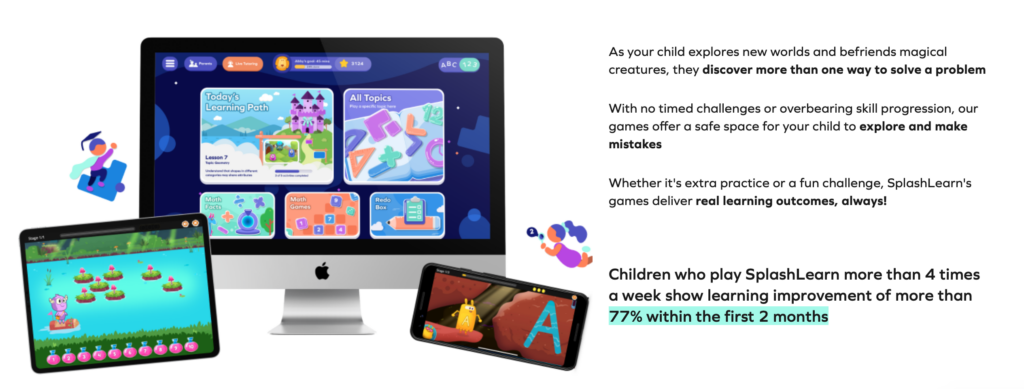
Resource #11: MathIsFun!
Mathisfun has worksheets, a colourable 100s chart, teacher resources, games, puzzles and more. One thing I love is that it explains a hands-on way to derive the formula of a circle. The below image is just the first step of how to do this. Click on the link here to review the rest of the steps:

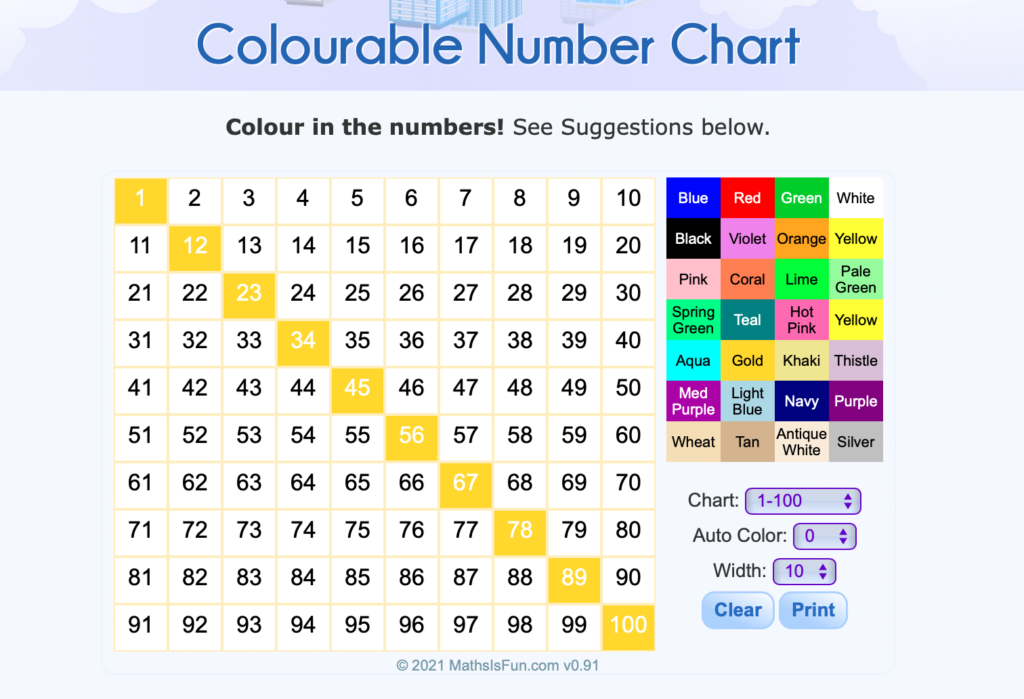
Resource #12: Algebra Tiles to Solve Equations
Using algebra or “alge” tiles is a wonderful way to teach students how to balance and solve equations. The below video is a great resource for teachers and students:
Below is another video for multi-step equations:
Resource #13: Probability Teaching Resources
Transum.org is a great online resource for any grade to teach probability. It has online dice, coin tosses and spinners, bingo games, Plinko games, and the probability washing line to teach vocabulary.
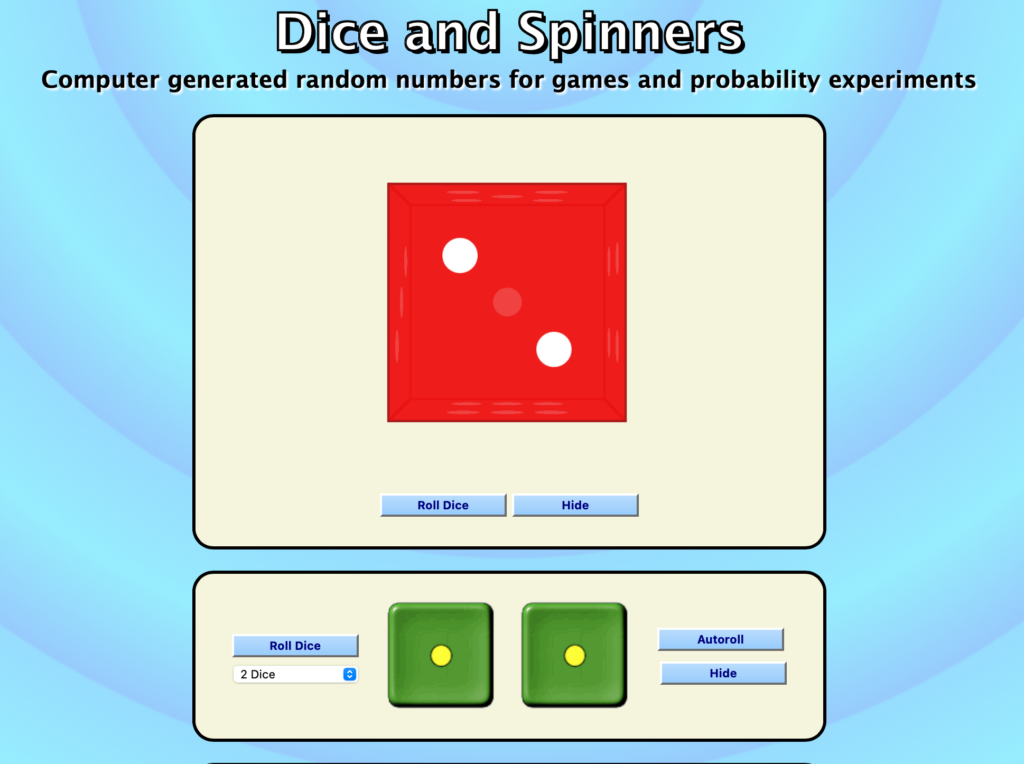
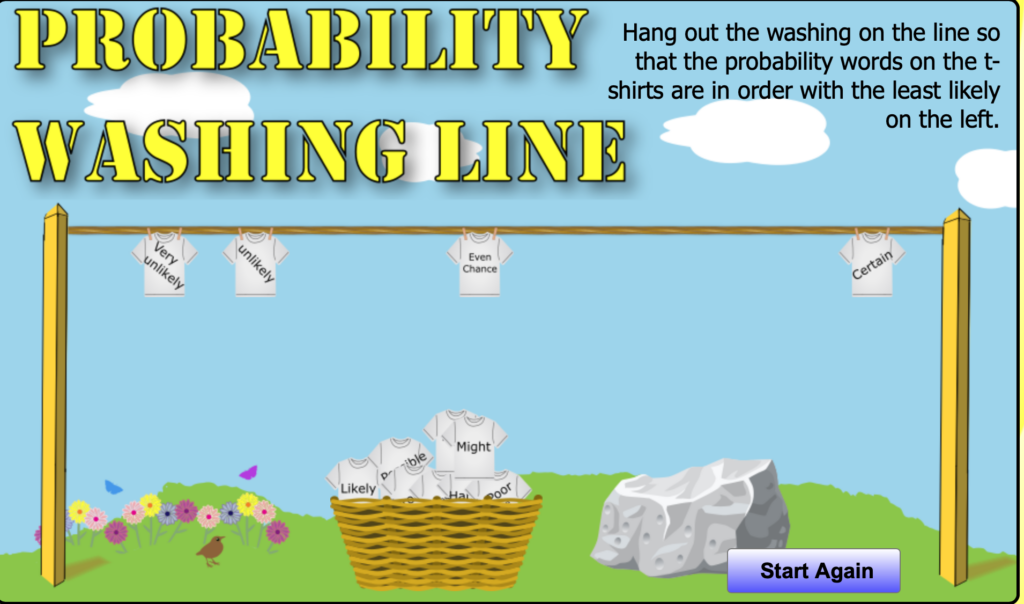
Resource #14: Resources for Teaching Financial Literacy
Ask a teacher has a list of 15 resources for teaching financial literacy:
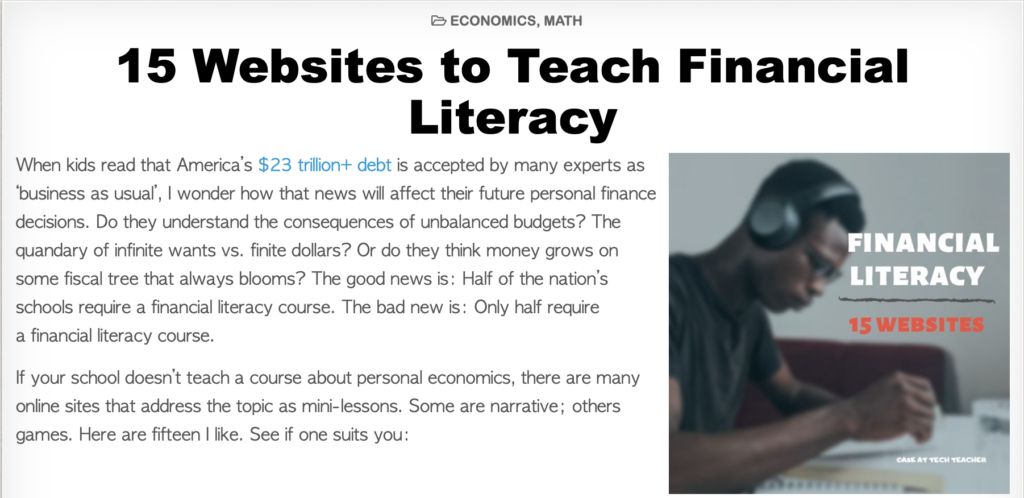
Another helpful resource is The Canadian Homeschooler. This resource provides printable coins, games, worksheets, and videos.
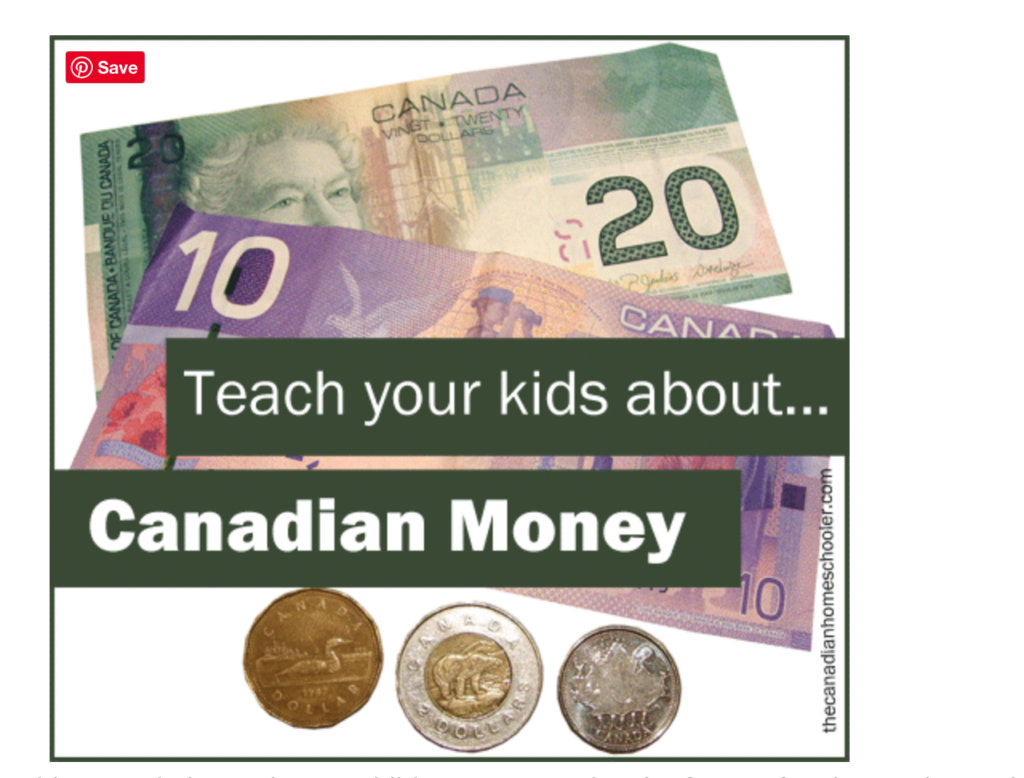
One more awesome financial literacy resource is from mathies.ca. This website has an online tool where students can manipulate the coins and paper bills to create a said value:
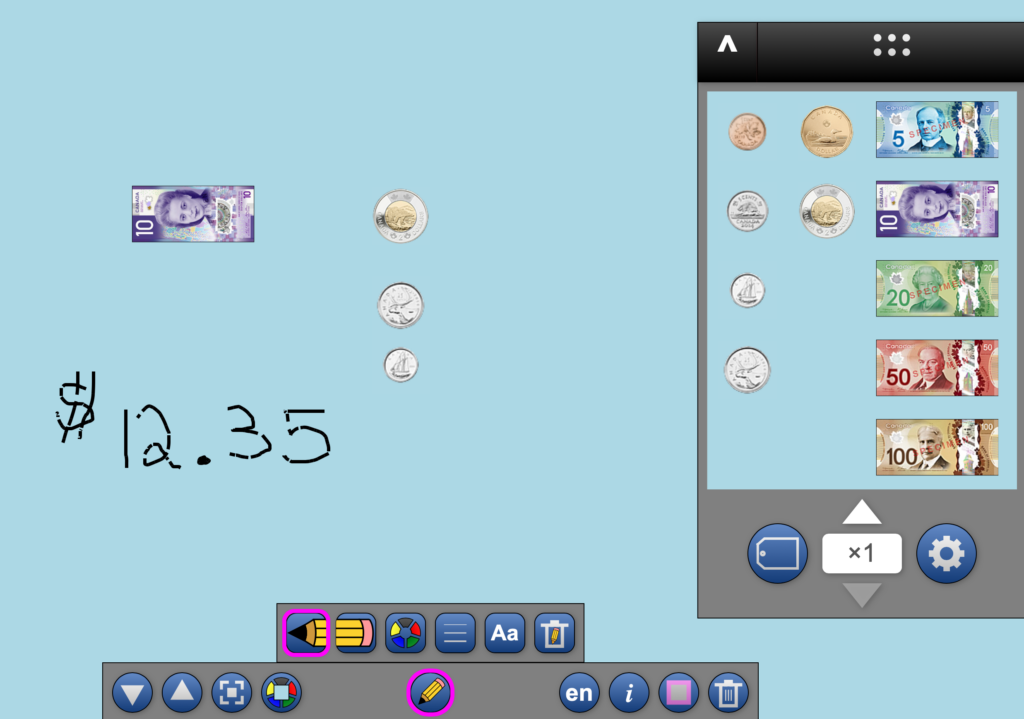
Resource #15: Technology Tools
Davidwees.com has a compilation of online technology tools to teach math. Many of these are wonderful for visual learners:
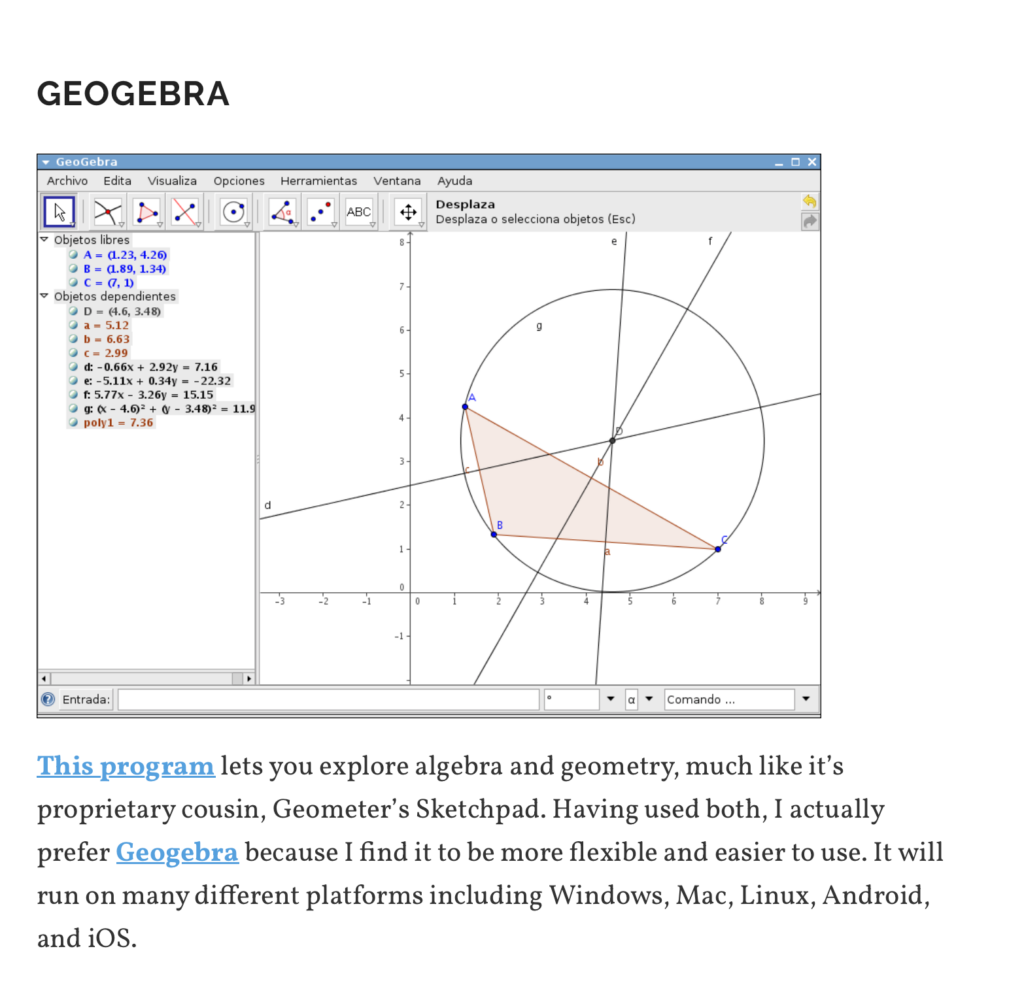
Resource #16: Word Problems
Prodigy provides a list of 120 math word problems for grades 1-8!
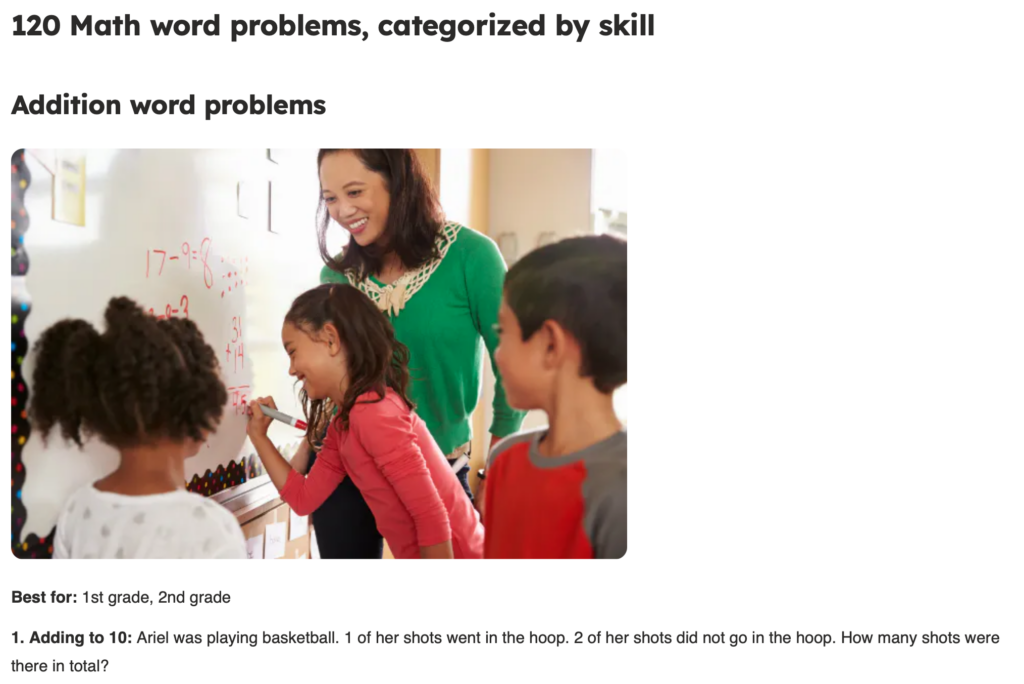
Resource #17: Lesson Plan Inspiration
K-5 Mathteachingresources.com has wonderful lesson ideas. One example is below (this is a grade 3 measurement lesson idea):
Resource #18: Youcubed
Youcubed is a wonderful resource that supports teachers to help students understand “big ideas” or concepts. It supplies research, resources, and even online courses for teachers. I hope in the next year to be able to complete the following course by Jo Boaler:
Resource #19: Textbooks
Textbook #1: “A Problem Solving Approach to Mathematics for Elementary School Teachers”- I really like this textbook because it has an emphasis on conceptual knowledge and problem solving and it also provides numerous strategies to teach a singular concept. For example, to teach addition there is a concrete model, partial sums algorithm, lattice algorithm, column-addition algorithm, opposite-change algorithm, scratch addition, and column addition. Every student learns differently, and I love that this textbook offers multiple strategies for diverse learners.
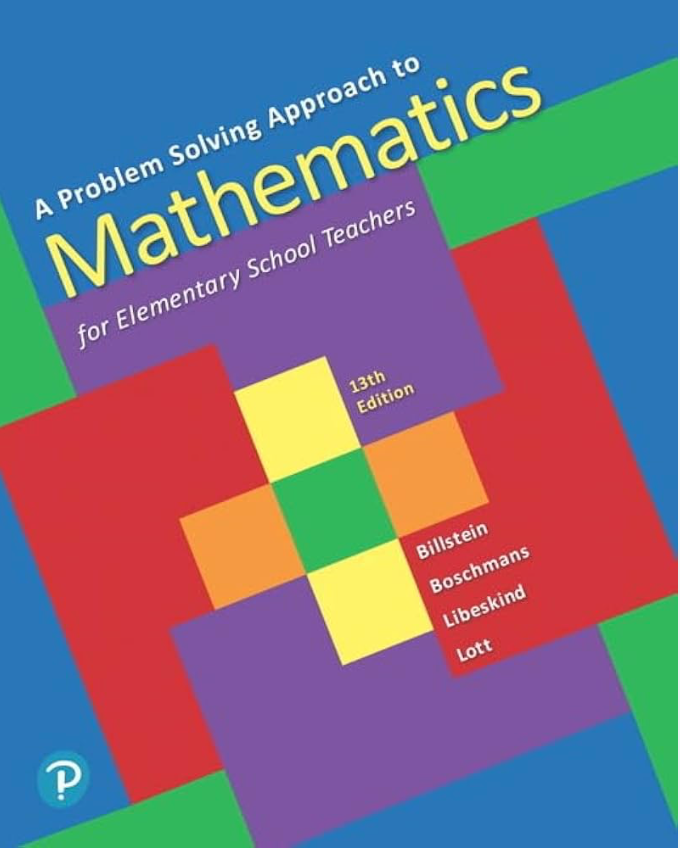
Textbook #2: “Making Math Meaningful To Canadian Students, K-8”- I love that this textbook also has an emphasis on conceptual knowledge. It also describes appropriate manipulatives, children’s books, and digital resources for teaching the concept.
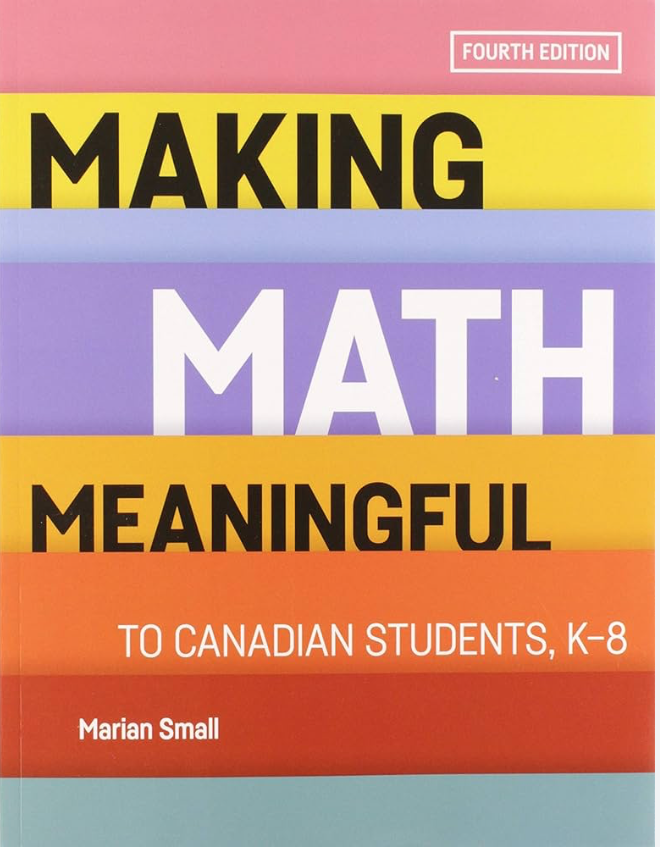
References:
Resource #1: https://www.nctm.org/classroomresources/
Resource #2: https://www.bctf.ca/classroom-resources/professional-development-teaching-resources-search?keyword=
Resource #3: https://www.helpteaching.com/blog/math-in-the-real-world.html
https://www.youtube.com/watch?v=8BqnN72OlqA
https://www.youtube.com/watch?v=WFmoNLl5fvw
Resource #4: https://www.didax.com/math/virtual-manipulatives.html
Resource #5: https://www.weareteachers.com
Resource #6: https://www.prodigygame.com/main-en/prodigy-math/
Resource #7: https://www.prodigygame.com/main-en/blog/differentiated-instruction-strategies-examples-download/
Resource #8: https://www.youtube.com/watch?v=eJdTZU08peM
Resource #9: https://www.k-5mathteachingresources.com/Place-Value-Strategies.html
Resource #10: https://www.splashlearn.com
Resource #11: https://www.mathsisfun.com
https://www.mathsisfun.com/geometry/circle-area-by-sectors.html
Resource #12: https://www.youtube.com/watch?v=GGVtoke0XSg
https://www.youtube.com/watch?v=ZtrKG_dPg2A
Resource #13: https://www.transum.org/Software/SW/Starter_of_the_day/Similar.asp?ID_Topic=30
Resource #14: https://askatechteacher.com/8-websites-to-teach-financial-literacy-4/
Resource#15: https://davidwees.com/content/free-tools-math-education/
Resource #16: https://www.prodigygame.com/main-en/blog/math-word-problems/
Resource #17: https://www.k-5mathteachingresources.com
Resource #18: https://www.youtube.com/watch?v=XJB9MtRXPtw&t=1s
Resource #19:
-Textbook #1: Billstein, R., Boschmans, B., Libeskind, S., & Lott, J. W. (2022). A problem solving approach to mathematics for Elementary School Teachers (13th ed.).
-Textbook #2: Small, M. (2021). Making math meaningful to Canadian students, K-8. Nelson Education Ltd.
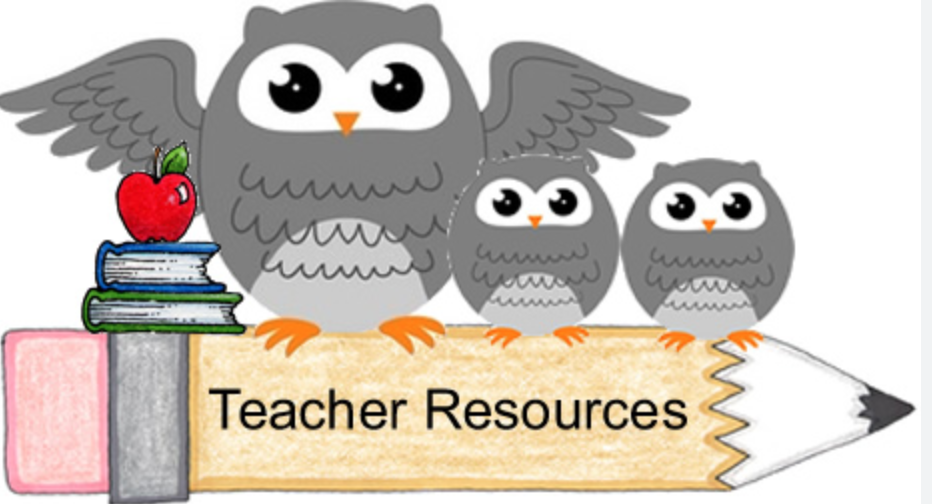
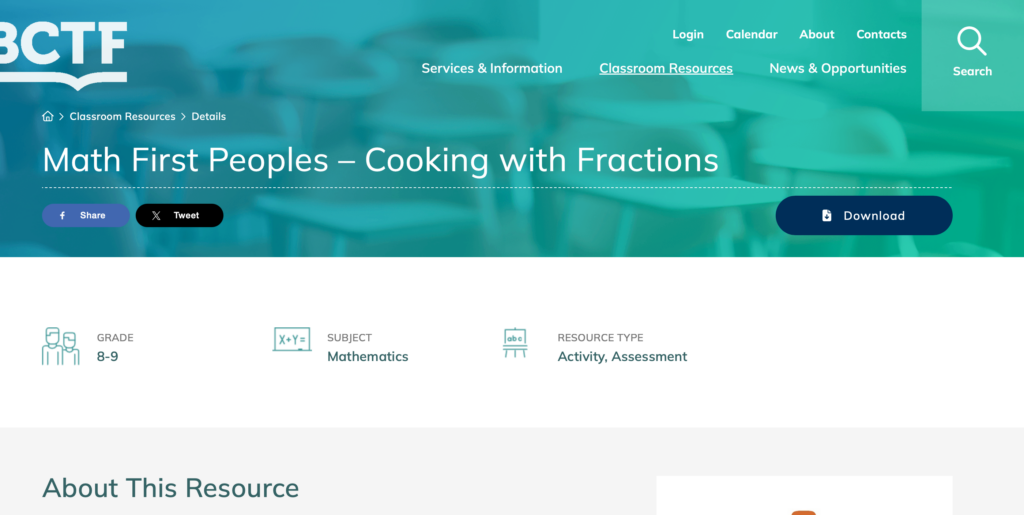
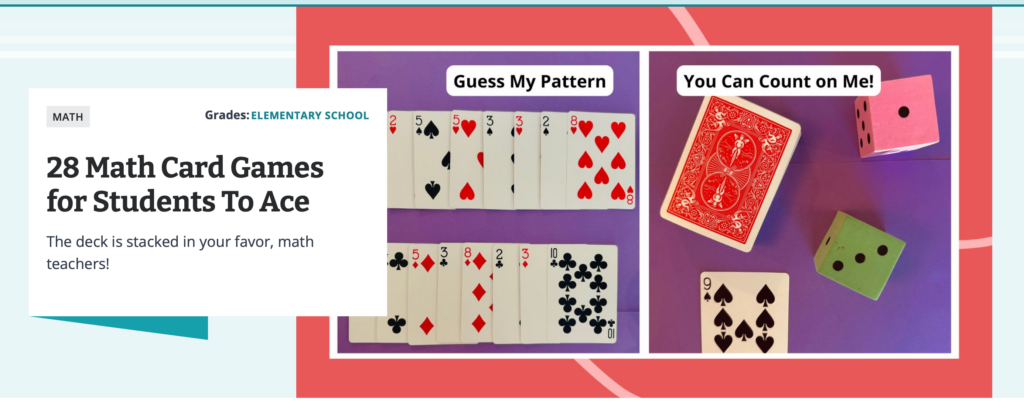
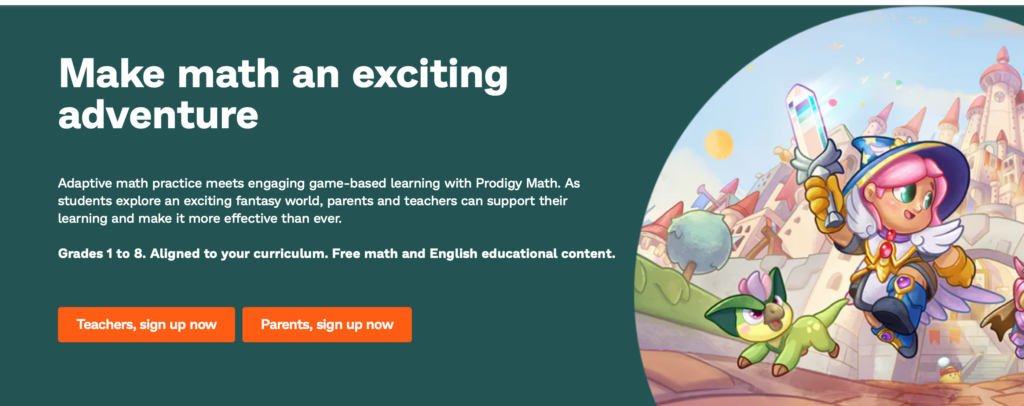
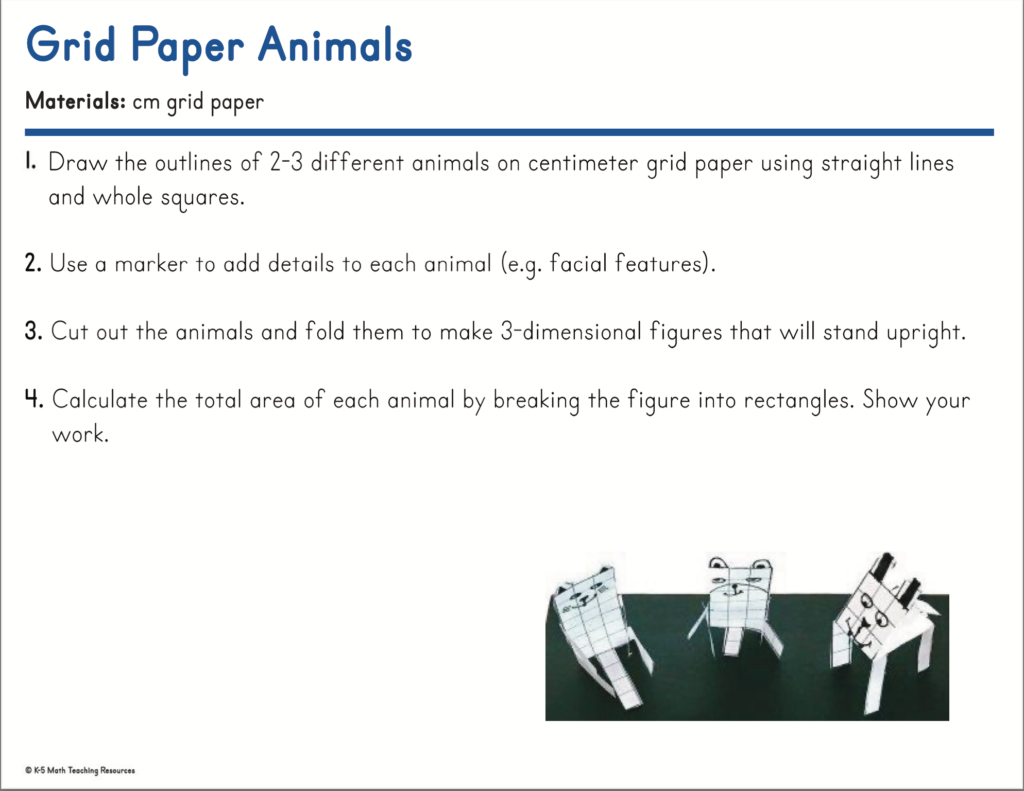
Leave a Reply
You must be logged in to post a comment.